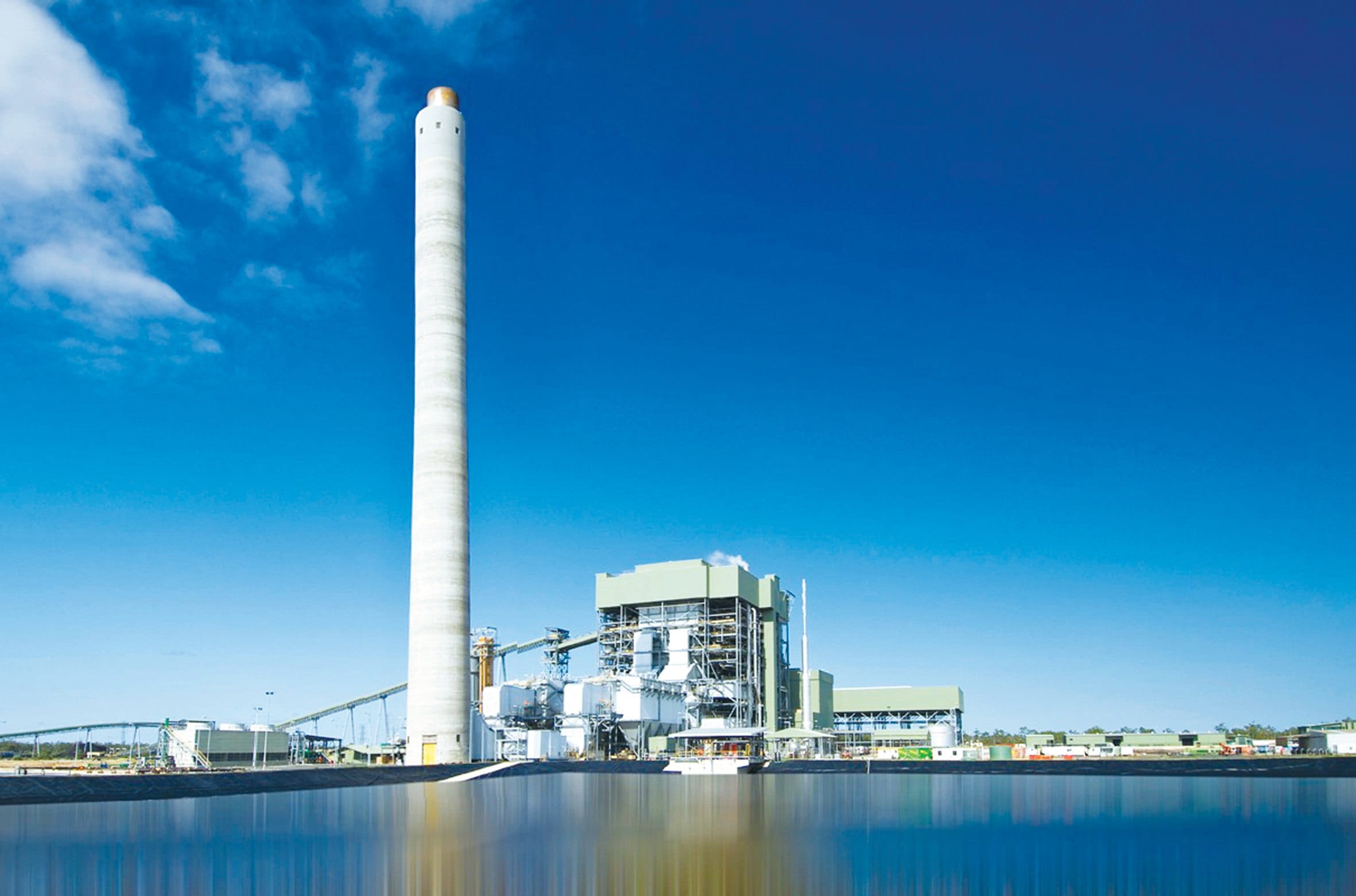The Energy Energy Regulator has highlighted an extraordinary sequence of events in the January heatwave, where it seemed that coal and gas plants in Queensland were melting in the heat and the NSW grid had to be protected from the possible failure of Queensland’s most modern coal plant.
The AER investigation into a series of massive price spikes in Queensland, more dramatic and costly than those that generated the renewable energy doomsday headlines from South Australia six months earlier, has highlighted – again – the fragility of Australia’s fossil fuel grid.
In particularly, it shows the dramatic action it had to take in the middle of the price spikes to protect the NSW grid by imposing limits on the link between the two states. The capacity was cut from 600MW to just 150MW.
The constraint, it said, was “designed to avoid the overload of the Liddell to Muswellbrook line and potential voltage collapse in northern New South Wales on the loss of the largest generator in Queensland (in this case Kogan Creek Power Station).”
Kogan Creek is less than 10 years old – it was completed in 2007 – and, at 750MW, it is the largest single unit in Australia.
The South Australian government might be forgiven for wondering why such careful pre-emptive action was not taken in its own state last September, when in the fact of severe storms, the market operator chose to run the main link at full capacity, with no additional back up from local gas plants.
As in the rolling stoppages in February, the market operator has admitted it got its weather forecasts wrong, even though the head of the premier’s department in South Australia, Don Russell, admitted that the operator might have looked out the window, rather than being stuck within rigid processes.
The AER investigation into the Queensland events highlights two things: one that you can’t rely on a coal plant to stay operating in a heat wave, and two that fossil fuel grids are no protection against high prices.
On both January 13 and 14, the AER reports, prices soared because significant amounts of capacity were suddenly withdrawn, or prices were “rebid”, from low levels to the price cap.
The AER said the withdrawals were mostly the result of “heat” issues, that forced coal and gas generators across the state to lower capacity, just as temperatures rose to their peak and as the 1.5GW of rooftop solar capacity began to wind back.
“Holy coincidences Batman,” Robin might have said.
On Friday, January 13, between 600MW and 670MW of coal and gas capacity suddenly became “unavailable” due to “plant limitations, some of which related to the high temperature.”
Still, there was 1,400MW of surplus capacity, but the absence of competition (there are no large scale renewable plants and the output of the 500,000 solar households was wind down), allowed the generators to set the price at near $14,000/MWh in the 5pm trading interval.
The next day, they repeated the dose, and on the Saturday afternoon the wholesale electricity price reached $12,642/MWh, $8,595/MWh, $9,127/MWh and $10,417/MWh for the 4.30pm, 5pm, 5.30pm and 7pm trading intervals respectively.
Again, imports from NSW were heavily restricted, in case the Kogan Creek coal fired power plant failed and set off a voltage collapse that could have caused the lights to go out in northern NSW.
This time, around 150MW – 200MW of generation was “rebid unavailable, primarily due to the impact of the high temperatures,” the AER said, while a significant amount was rebid from low to high prices.
“There was significant rebidding of capacity from low to high prices which contributed to the high price trading intervals. While the rebids did not set price, the removal of lower priced capacity meant that generation had to be met by higher priced capacity.”
Despite demand being as forecast, the prices soared to average $10,000/MWh for two hours.
These events helped Queensland wholesale electricity prices average $200/MWh over the month of January – more than twice the level in South Australia – and $240/MWh in February. There are another dozen or so “high priced events” that have yet to be investigated by the AER.











